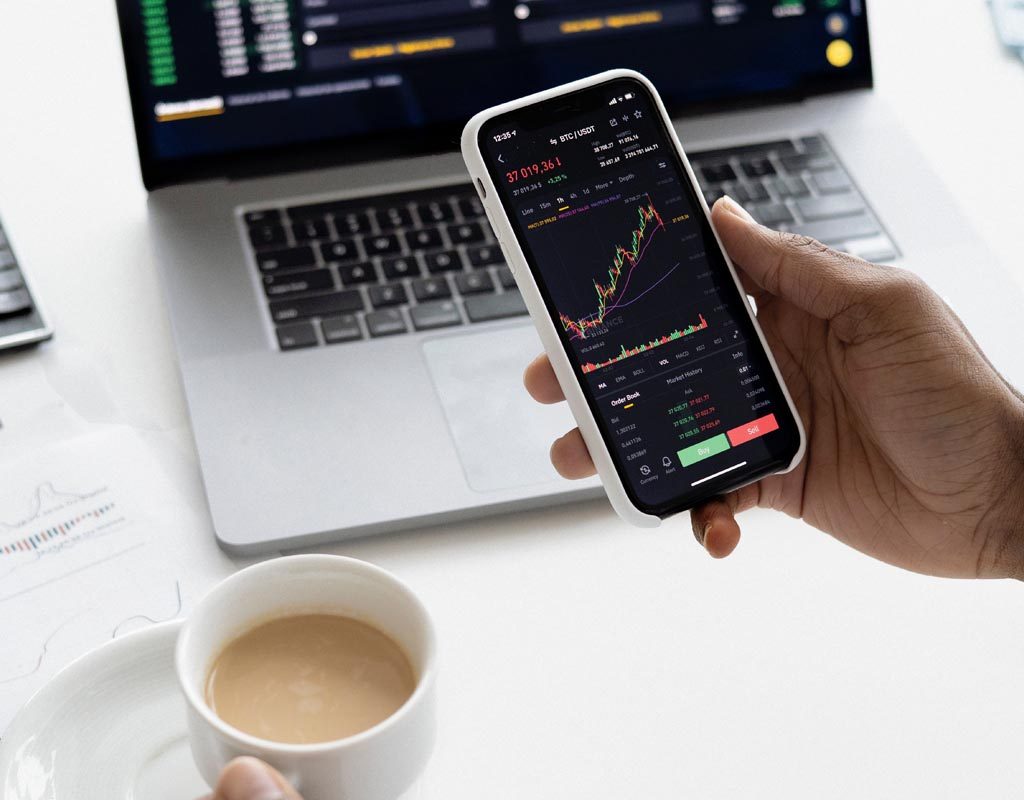Automated trading system
Automated trading system
An automated trading system (ATS), a subset of algorithmic trading, uses a computer program to create buy and sell orders and automatically submits the orders to a market center or exchange. The computer program will automatically generate orders based on predefined set of rules using a trading strategy which is based on technical analysis, advanced statistical and mathematical computations or input from other electronic sources.
Automated trading systems are often used with electronic trading in automated market centers, including electronic communication networks, "dark pools", and automated exchanges. Automated trading systems and electronic trading platforms can execute repetitive tasks at speeds orders of magnitude greater than any human equivalent. Traditional risk controls and safeguards that relied on human judgment are not appropriate for automated trading and this has caused issues such as the 2010 Flash Crash. New controls such as trading curbs or 'circuit breakers' have been put in place in some electronic markets to deal with automated trading systems.
Mechanism
The automated trading system determines whether an order should be submitted based on, for example, the current market price of an option and theoretical buy and sell prices. The theoretical buy and sell prices are derived from, among other things, the current market price of the security underlying the option. A look-up table stores a range of theoretical buy and sell prices for a given range of current market price of the underlying security. Accordingly, as the price of the underlying security changes, a new theoretical price may be indexed in the look-up table, thereby avoiding calculations that would otherwise slow automated trading decisions. A distributed processing on-line automated trading system uses structured messages to represent each stage in the negotiation between a market maker (quoter) and a potential buyer or seller (requestor).
Advantages of Automated Trading System
Minimizes Emotion
As orders are processed automatically once the pre-set rules are satisfied, emotional mistakes are minimized. It also helps traders to stay disciplined when the market is highly volatile.
Ability to Backtest
Before actually using the automated trading or the underlying algorithm, traders are able to evaluate their rules using the old data. It allows the traders to minimize potential mistakes and determine the expected returns.
Achieves Consistency
As orders are processed only when the pre-set rules are satisfied and traders only trade by plan, it helps the traders achieve consistency.
Improved Order Entry Speed
As computers process the orders as soon as the pre-set rules are met, it achieves higher order entry speed which is extremely beneficial in the current market where market conditions can change very rapidly.
Diversifies
Trading Automated trading systems allow users to simultaneously trade in multiple accounts which allows them to diversify their portfolio. Diversifying the portfolio allows the users to minimize their risks by spreading the risk over various instruments.

